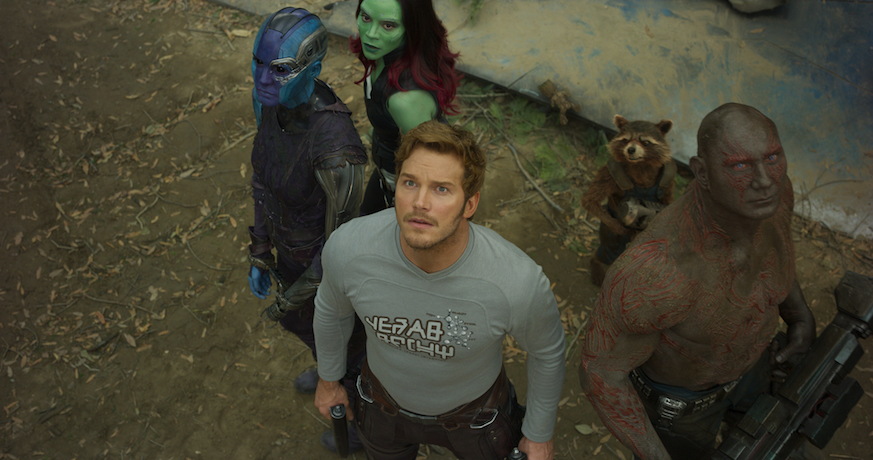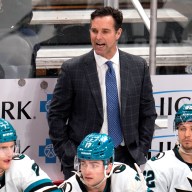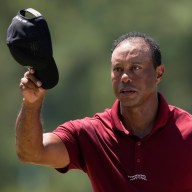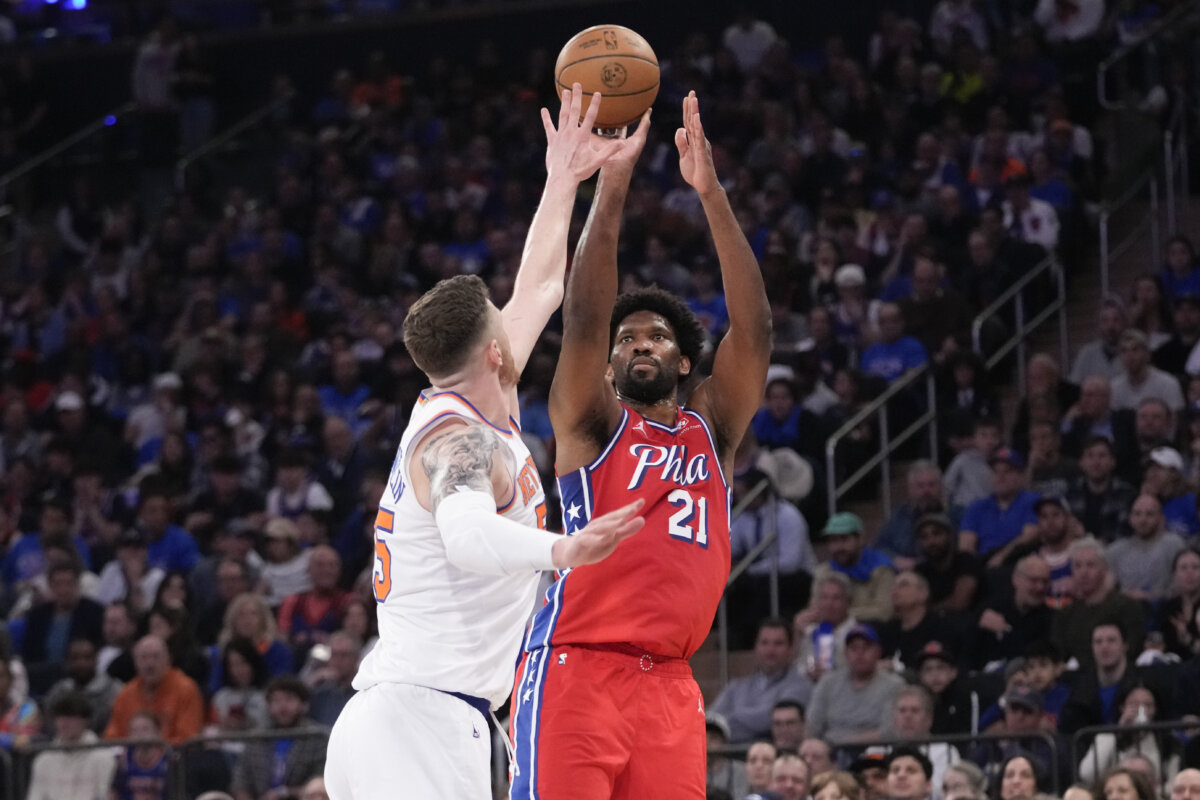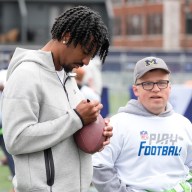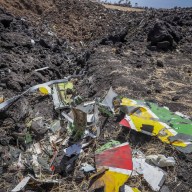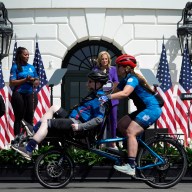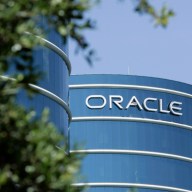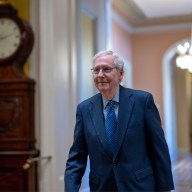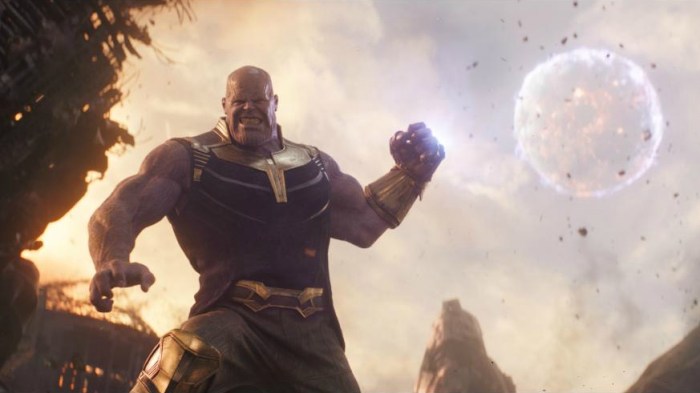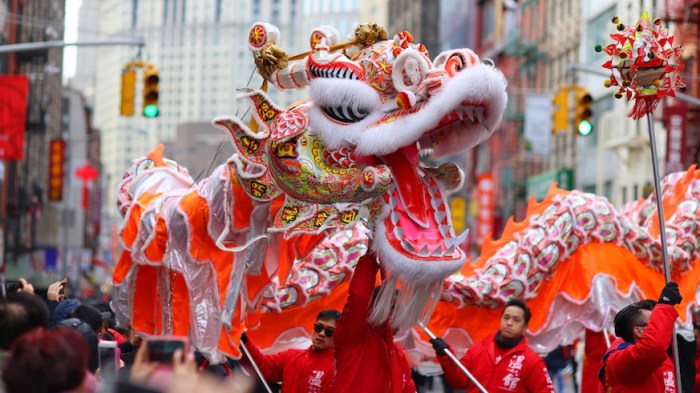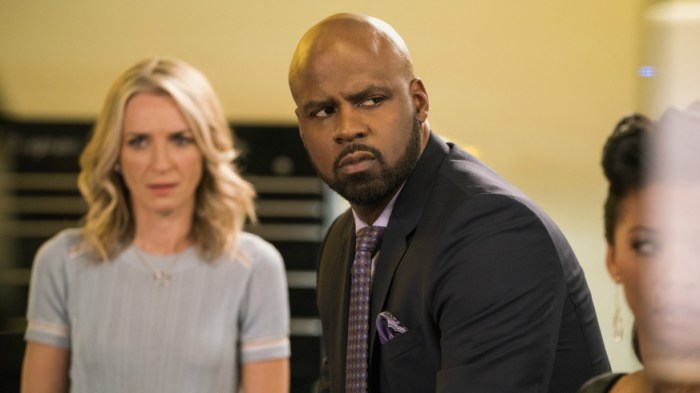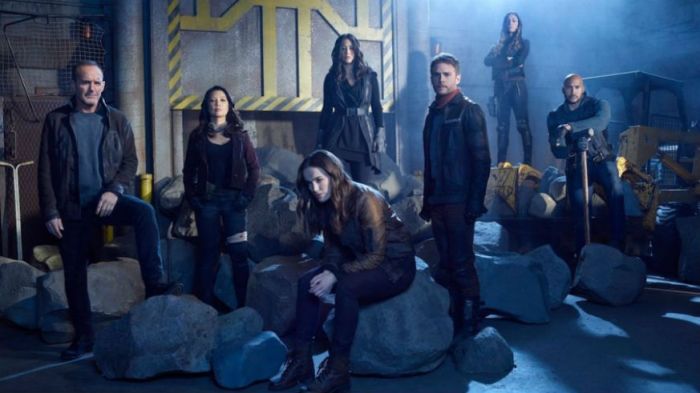So, “Guardians of the Galaxy Vol. 2” is out. Some of you saw it last night. Some are waiting for the weekend. If you haven’t gone to see it yet and wish to remain spoiler-free, turn back now. For this following post contains plenty of those.
Fair warning: This article contains “Guardians of the Galaxy Vol. 2” spoilers.
First off, the gang got bigger, gaining three new members. Yondu (Michael Rooker), one of the baddies from the 2014 original, made an about-face, even forging a paternal-ish bond with Peter Quill (Chris Pratt). But the Good Yondu didn’t last long: During the climax he sacrifices himself to save Quill. And that’s how a character who was a menace the last time now received a warm funeral this round.
Another new member: Nebula (Karen Gillan). She spends much of the movie as a villain: She helps lead the mutiny against the gang while their prisoner, then jets off to try and kill her estranged sister, who’s no less than Zoe Saldana’s Gamora. When the two finally wind up face-to-face, though, they turn into reluctant allies instead. By the end, they’re on good terms, though Nebula still lights out on her own on a mission at the end to kill their dreaded father, the evil Thanos. (“Guardians” director James Gunn has expressed interest in giving Nebula her own spin-off.)
There’s Mantis (Pom Klementieff), who looks like a human-mantis and gets close to Dave Bautista’s Drax the Destroyer. The two bond over their shared social awkwardness; Mantis has never really interacted with people before, and given that Drax doesn’t exactly have a way with words, they’re the perfect power couple.
And then there’s the biggest character of them all: Ego (Kurt Russell), who’s actually a planet but who materializes in the form of, well, Kurt Russell. He’s also Quill’s father, which is a long story, but here goes: He’s a god-like “Celestial” who’s chosen the form of a planet. Ego had once traveled the universe trying to impregnate women and create a new being with Celestial powers, so as to take over every planet in existence. Of the thousands of these, only Quill had Celestial powers.
It’s here that we get the now token world-destroying Marvel climax, which is, as usual, then avoided. Ego uses Quill to realize his powers, and starts to consume every world. He’s a baddie, it turns out, and he even killed Quill’s mother. He’s eventually taken out by Rocket (Bradley Cooper), who plants a bomb that destroys him and thus his planet.
You would assume “Vol. 2” would end bittersweetly: with Quill mourning his villainous father, as well as his friend, Yondu. Instead it ends with a shot of Rocket, looking emotional. Gunn explained this in a conversation with Vulture: Gunn really feels the movie is about him, and about how he’s become angrier, not calmer, as the Guardians have made their alliance more official. “It’s about his inability to connect and believe that he has any meaning or significance whatsoever,” he explained. It’s a strange and moving way to end the film.
Then again, “Vol. 2” doesn’t technically end that way. This is Marvel, so there are mid- and end-credit sequences — five of them, to be exact. If you don’t feel like sitting through them, they show: Sean Gunn’s Kraglin taking up the bow of his fallen friend Yondu; Sylvester Stallone’s Stakar Ogord reuniting with his former teammates (who are the original 1969 line-up of the Guardians of the Galaxy); Groot returning to normal size, complete with a whiny teenage phase; gilded being Ayesha (Elizabeth Dembicki) creating a new creature, named Adam, in the hopes of destroying the Guardians; and a scene with astronauts on Earth that features the requisite cameo from Marvel god Stan Lee.

